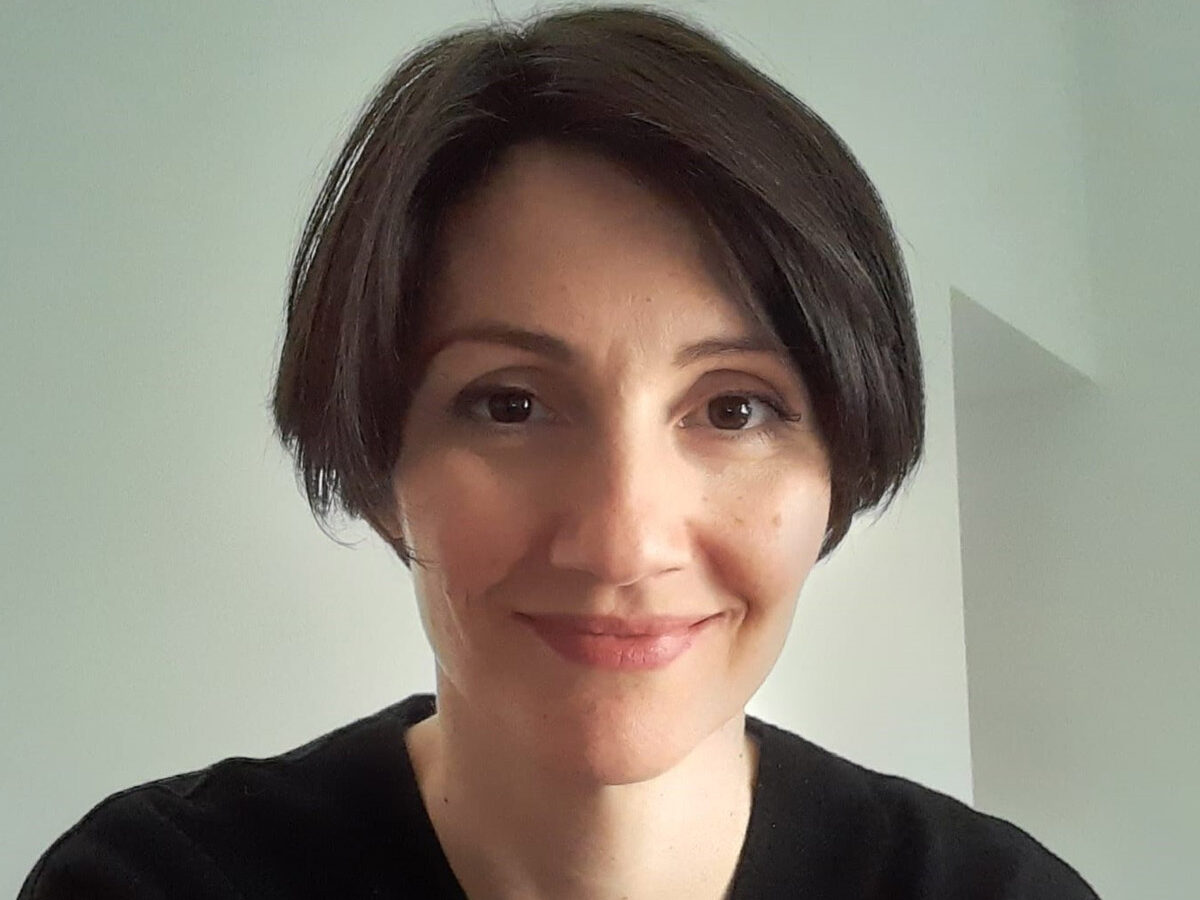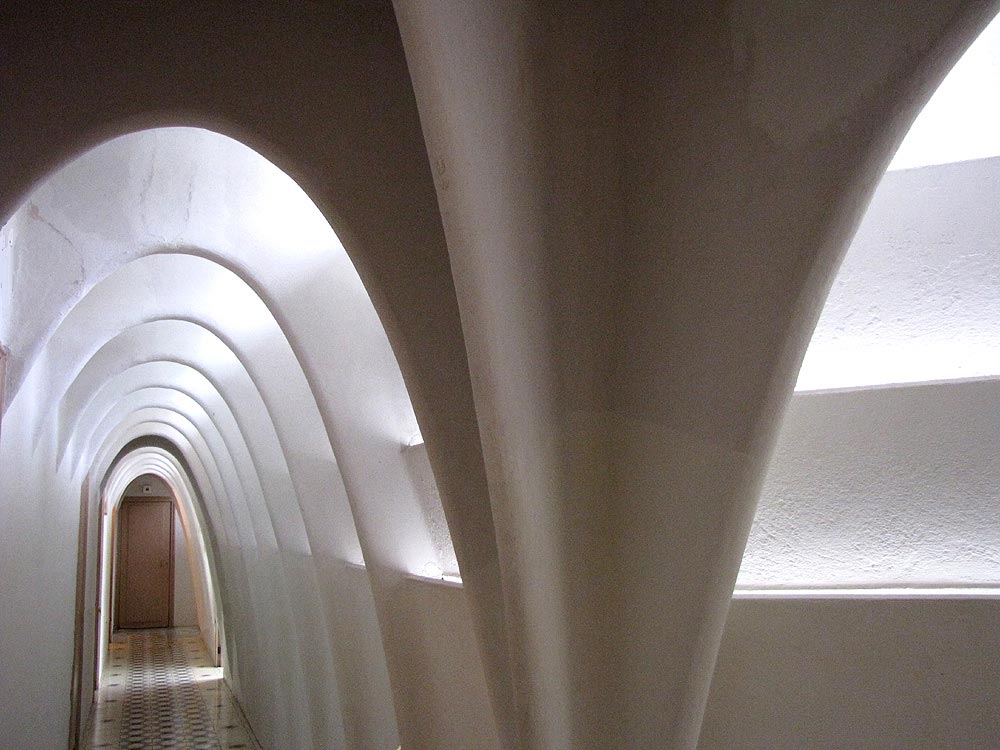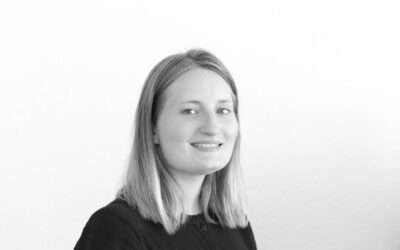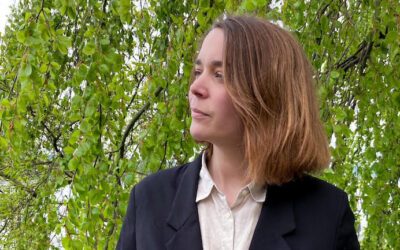The Daylight Award Community
Federica Giuliani

FEATURE

What does daylight mean to you?
Daylight means quality and well-being to me. Daylight is an essential element in architectural design, just like the choice of finishing materials and the type of opening. An architectural project that does not consider daylighting at an early stage will always remain incomplete. No matter how much effort is put into it later, the relationship with the exterior and the quality of the interior space will not be fully enhanced. On the contrary, a space designed considering daylighting has intrinsic qualities that go beyond what we can describe. I do not think we have said everything about daylight. The qualitative aspects are difficult to teach because they involve multidisciplinary and cultural aspects.
How did your interest in the subject arise?
During the Ph.D. period, thanks to the article by Kleindienst & Andersen named ‘Comprehensive annual daylight design through a goal-based approach’ (2012), I had my epiphany. Prof. Morabito had advised me to read the article just with regard to the methodological approach. But I found the subject extraordinarily fascinating and chose daylight as my field of research.
How do you work with daylight in your research?
I am now working on an educational project to increase daylighting education in Europe. Another research project deals with the levels of daylight knowledge among professionals and students in the building sector. For both of these projects, researchers from other countries are involved.
Which project/publication describes your work the best?
NLITED (New Level of Integrated TEchniques for Daylighting education) is an educational project funded by the European Erasmus+ program. Together with Mandana Sarey Khanie (DK), Natalia Sokol (PL), and Niko Gentile (SE), we built an educational platform and summer school program on daylight design. More than 50 teachers and researchers are involved in the platform, namely John Mardaljevic, Jan Wienold, Marie-Claude Dubois, Mark Rea, Laura Bellia, Valerio Lo Verso. Leading companies such as Velux and ACC Glas och Fasadkonsult also contributed (Jens Christoffersen, Giulio Camiz, Paul Rogers and many others). The topics covered are divided into various areas, each coordinated by one of us to produce valuable and consistent cultural content. One of the most important aspects is that the platform is aimed at a heterogeneous audience, from those who want to acquire the first knowledge to those who want to deepen specific areas of study. Achieving this aspect has been made possible by a tailor-made learning system. Another critical aspect is the multidisciplinary nature of the curriculum offered. Not just one form of knowledge, but several, because daylight is first and foremost a cross-disciplinary subject, and we want to promote “cultural contamination.”
According to you, what is the most important focus for the future?
Increasing the integration of daylight culture in building design. By daylight culture, I mean understanding the architectural aspects of latitude, being aware of the relationship between the geometry of spaces and light, being conscious of the concepts of solar gain and glare, having design and technical construction references for daylight, having an idea of the verification parameters, and more. Among these, I think one of the most lacking is to have appropriate design and technical construction references. I am not talking about having high specialised knowledge, but about increasing design sensitivity to daylight issues.
Daylighting still seems to be a specialist subject that is of little interest to the many designers who transform our buildings and cities. I hope that our NLITED project can contribute in its own small way.

Antoni Gaudí, Interior of Casa Batlló in Barcelona (1904-06)
My mentor was Professor Giuseppe Morabito of the Sapienza University in Rome in the research field. He had been a student of Konrad Wachsmann and a curious researcher for all his life. However, he was not a researcher in daylight but technological innovation in architecture. He taught me that design and research are not two separate worlds. Designing by doing research is a high form of applying knowledge and an unlimited source of creativity. Scientific research can be a creative process.
In the design field, Francesco Borromini was a master in daylighting design. At a time and in a place so far away from us, he created a unique relationship between daylight and volume, playing with geometries and surfaces, just as a contemporary architect would. More recently, Antoni Gaudi applied concepts that today we would call bioclimatic. Both knew how to perfectly integrate daylight into their architecture, enhancing form, function, and aesthetics. The boundary between architecture and sculpture was blurred for both of them, which is a quality of great designers.
NLITED project: www.nlited.eu and lms.nlited.eu
DAYKE project (DAYlighting Knowledge in Europe)



